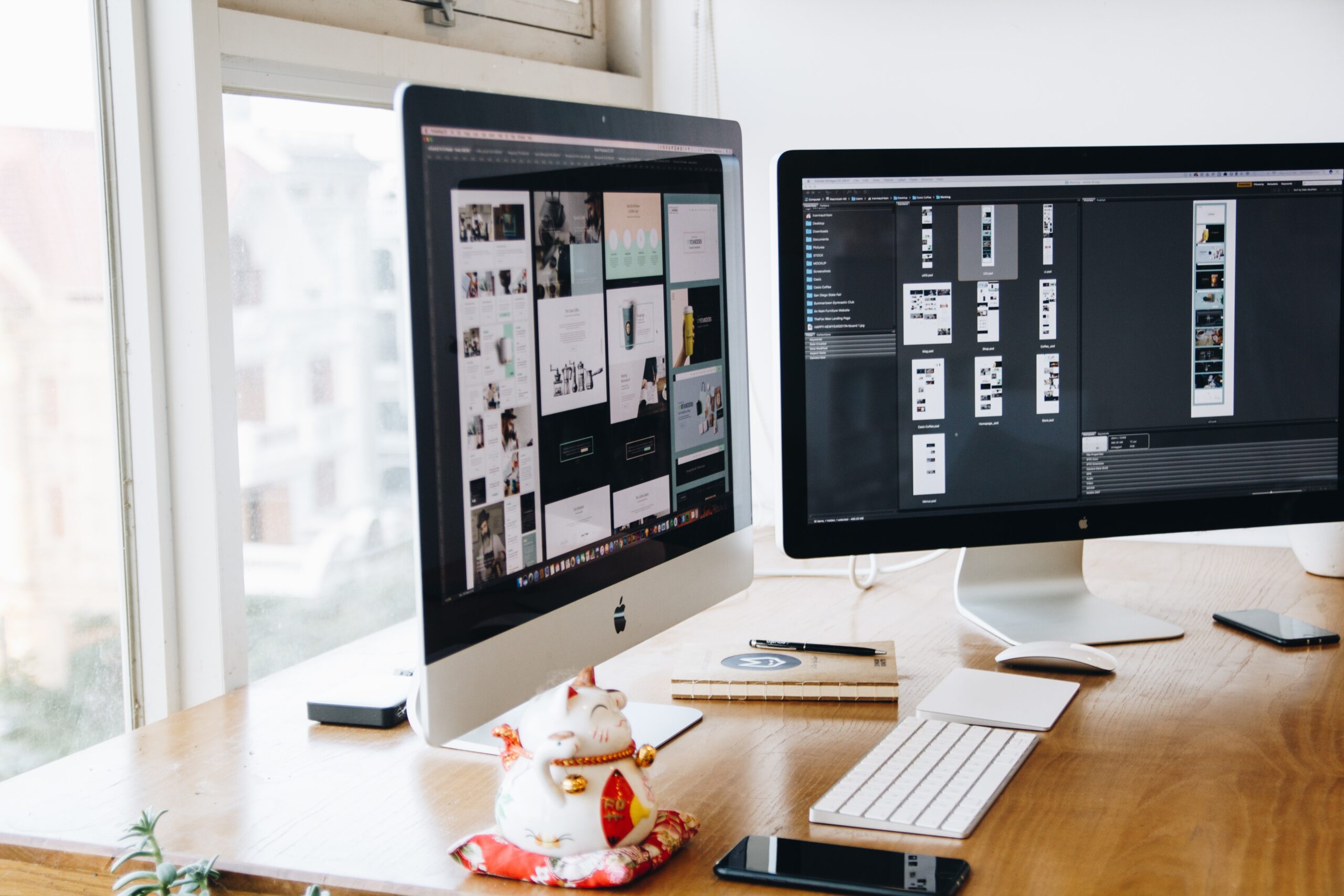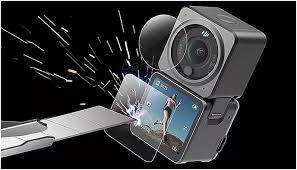How to Start an Electronic Manufacturing Company?

Developing new electronics products can be a costly endeavor that takes time and patience to organize, but the rewards can be extremely gratifying in the end. In many cases, you will not only be creating a revenue stream for your own company, but also creating something that will make life easier for customers and/or businesses that use your innovation.
Jason Rosenthal explained the concept of electronic manufacturing in Wired by saying that infrastructure cost reduction has been the best and most suitable thing done to us with all the global internet population growing at a faster rate than expected. He also said that the ideas of entrepreneurs can iterate faster and cheaper in the concept of electronic manufacturing.
is one of the most lucrative industries out there. Tech is constantly evolving and evolving, and as it does it generates more and more sales. Starting a business that too in the electronic field is what many people dream of but are not capable of doing so. If this is your dream, you may be wondering where to start.
Of course, getting from Point A (invention) to Point B (commercial feasibility) takes time and commitment. This is especially true for product focused companies that are starting from scratch. Here are five things all startups should know about getting their electronic devices into production and ready for primetime:
Business Plan:
The first step in starting your own electronics company is creating a business plan. This should take into account how you plan to grow your business in the coming weeks, months, and years. Everything needs to be spent and you need to know what you will spend and when. Be realistic in your business plan. It is important to narrow down the niche you want to focus on, for example, specializing in PCB design. It will take you a long time to build your business and you are unlikely to see a profit in the first few years.
Proving the concept:
Build a proof of concept prototype with the goal of building a functional prototype while keeping the risk and cost as low as possible. For electronics, this usually means using a development kit or electronic module, explains Entrepreneur. A platform for creating electronic prototyping without the need to manufacture custom printed circuit boards, a development kit is a microcontroller board that can be programmed to serve as the “brain” for your product.
Read Also : Apple iPhone 13 Pro Max best phone in the world
Creative Funding:
Creating a new electronic product for the commercial market is an expensive process that involves both development and marketing. A business plan is important but it is not sufficient to sustain. To grow and to sustain you will be investors or funding for your project or business. You’ll need investment for research and development first, and then you’ll need to cover your first construction costs with normal running costs until you have an income. You can either take a loan or maybe a better option would be to bring in private investment in return for a stake in your business.
Outsourcing Engineering:
Unless you are an engineer, you will need to outsource most development to an experienced engineer (or two). If you’re not technical, you should probably look for someone technical to be your co-founder. Assuming that your product has electronics, you’ll need an electronics design engineer. Similarly, you’ll probably need a mechanical engineer if your product has moving parts. Ultimately, he says, you’ll need to build your own custom electronics. Developing custom plastic pieces for the product would require a 3D modeling specialist or an industrial designer, such as a case holding everything together.
Produce the product:
Whatever your product idea, you should thoroughly research and test the concept before developing and building it. Look for anything that may seem similar to what you have in the market. You should also do some market research to find out if potential customers are interested in the product. Once you are happy with the concept of your product you should start developing it. A product designer or a product developer will be required for this kind of work. The process to design or develop the product can take longer than expected as it is a process that is time-consuming.
Prototype Testing:
Once you’ve got your prototype in your hands, you should thoroughly test it to make sure there aren’t any areas that don’t need to be improved. You should also use the prototype to conduct further market research into a working product, eventually, the prototype can be used to ensure that all safety checks are carried out to meet any regulatory requirements.
Getting the product done and dusted in the first attempt may be difficult. You should always give time to the testing method and test it repeatedly unless or until you are sure of what you have made is workable and the investors would be interested in it. A good rule of thumb is to take your most conservative estimate of the time and cost required, then double it. Once you are done with the testing of the product you will be able to land investors easily.




